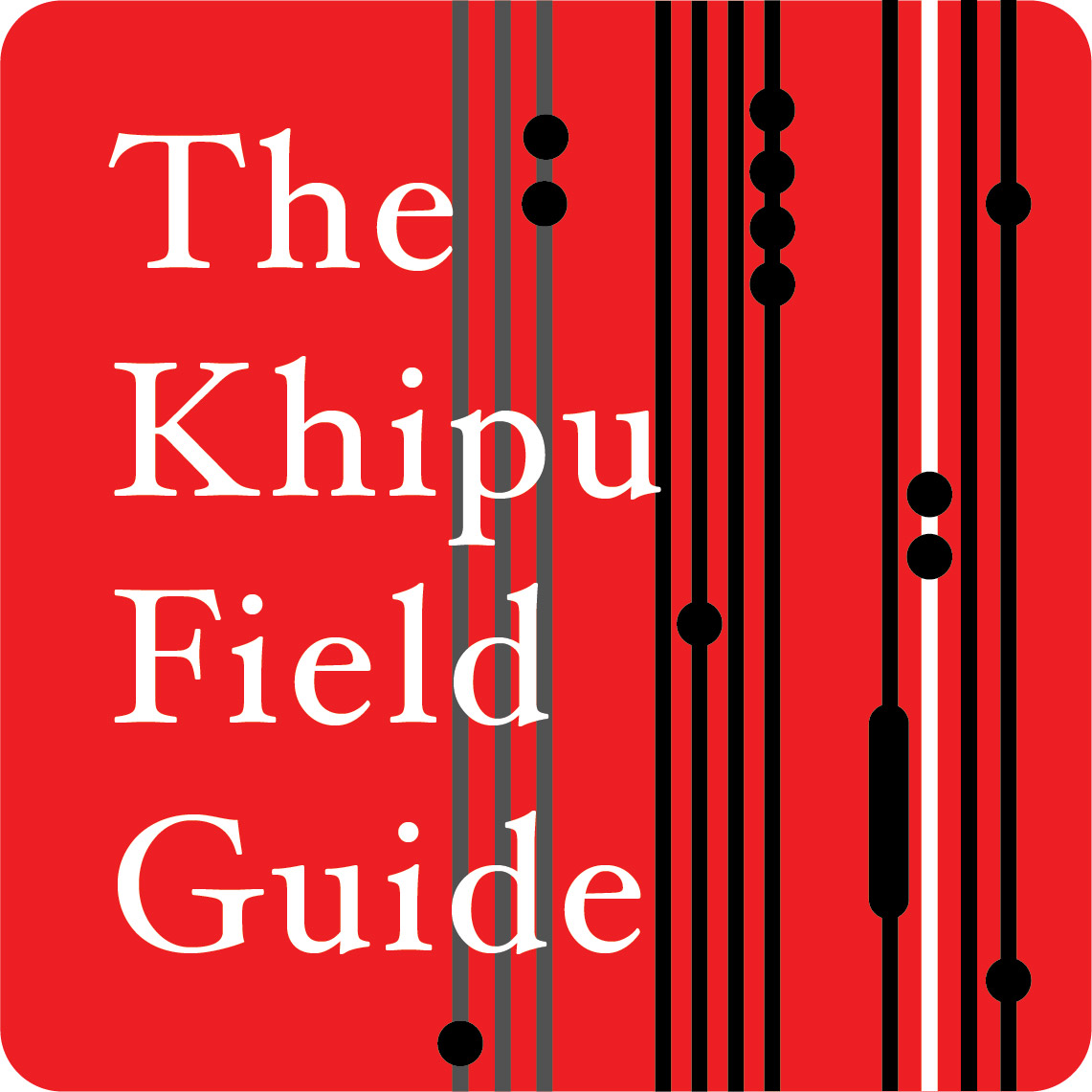Code
# First, locate all the khipus that have kaytes
(khipu_dict, all_khipus) = kamayuq.fetch_khipus()
kayte_khipus = {aKhipu.name() for aKhipu in all_khipus if aKhipu.has_kayte()}
print(f"kayte_khipus({len(kayte_khipus)}) = {kayte_khipus}")
khipu_summary_df = kq.fetch_khipu_summary()
kayte_khipu_summary_df = khipu_summary_df[khipu_summary_df.kfg_name.isin(kayte_khipus)]
kayte_khipu_summary_df = kayte_khipu_summary_df.drop(['legal_filename', 'original_name', 'nickname',
'museum_name', 'museum_num', 'museum_description',
'notes', 'pcord_notes'], axis = 1)
kayte_khipu_summary_dfkayte_khipus(16) = {'UR091', 'UR087', 'UR200', 'KH0081', 'UR188', 'UR175', 'UR201', 'HP030', 'UR110', 'UR068', 'UR235', 'UR266', 'UR231', 'UR268', 'UR291A', 'UR284'}| Unnamed: 0 | khipu_id | kfg_name | okr_name | region | provenance | num_cord_clusters | mean_cords_per_cluster | max_subsidiary_branches | num_top_cord_double_sum_clusters | ... | fanout_ratio | num_total_cords | num_ascher_colors | knot_cluster_count | knot_count | mean_knots_per_cord | num_s_knots | num_z_knots | percent_s_knots | percent_z_knots | |
|---|---|---|---|---|---|---|---|---|---|---|---|---|---|---|---|---|---|---|---|---|---|
| 1 | 496 | 1000541 | UR231 | KH0468 | South Coast, Peru | Ica/Pisco | 80 | 11.925000 | 2 | 0 | ... | 1.104167 | 954 | 26 | 478 | 1057 | 1.107966 | 0 | 1056 | 0.000000 | 0.999054 |
| 13 | 286 | 1000273 | UR087 | KH0323 | Unknown | Santa | 56 | 6.607143 | 2 | 3 | ... | 1.209150 | 370 | 21 | 309 | 377 | 1.018919 | 40 | 336 | 0.106101 | 0.891247 |
| 34 | 581 | 6000117 | KH0081 | KH0081 | Unknown | Monte de Cacatilla, Valle de Nazca | 36 | 6.000000 | 2 | 0 | ... | 1.004651 | 216 | 11 | 424 | 1003 | 4.643519 | 1003 | 0 | 1.000000 | 0.000000 |
| 57 | 555 | 1000658 | UR291A | KH0529 | Unknown | Armatambo, Huaca San Pedro | 15 | 11.066667 | 1 | 0 | ... | 1.000000 | 166 | 24 | 123 | 368 | 2.216867 | 5 | 355 | 0.013587 | 0.964674 |
| 84 | 529 | 1000607 | UR266 | KH0502 | Unknown | Incahuasi | 36 | 3.666667 | 1 | 0 | ... | 1.000000 | 132 | 15 | 266 | 725 | 5.492424 | 81 | 644 | 0.111724 | 0.888276 |
| 85 | 532 | 1000610 | UR268 | KH0505 | Unknown | Incahuasi | 33 | 3.969697 | 1 | 0 | ... | 1.000000 | 131 | 14 | 376 | 1224 | 9.343511 | 81 | 1143 | 0.066176 | 0.933824 |
| 86 | 500 | 1000545 | UR235 | KH0472 | Unknown | Unknown | 18 | 10.777778 | 3 | 0 | ... | 1.492308 | 194 | 20 | 143 | 262 | 1.350515 | 0 | 262 | 0.000000 | 1.000000 |
| 102 | 468 | 1000512 | UR201 | KH0439 | Central Coast, Peru | Pachacamac | 18 | 7.611111 | 3 | 0 | ... | 1.245455 | 137 | 13 | 228 | 771 | 5.627737 | 0 | 771 | 0.000000 | 1.000000 |
| 106 | 163 | 1000449 | HP030 | KH0562 | Unknown | Pachacamac | 12 | 9.166667 | 2 | 0 | ... | 1.028037 | 110 | 10 | 279 | 848 | 7.709091 | 0 | 848 | 0.000000 | 1.000000 |
| 131 | 290 | 1000271 | UR091 | KH0327 | Unknown | Santa | 3 | 41.666667 | 2 | 0 | ... | 1.388889 | 125 | 21 | 67 | 140 | 1.120000 | 0 | 140 | 0.000000 | 1.000000 |
| 134 | 639 | 6000176 | UR110 | KH0346 | Unknown | Unknown | 89 | 1.000000 | 1 | 0 | ... | 1.000000 | 89 | 7 | 139 | 140 | 1.573034 | 96 | 44 | 0.685714 | 0.314286 |
| 145 | 467 | 1000511 | UR200 | KH0438 | Central Coast, Peru | Pachacamac | 14 | 6.142857 | 1 | 0 | ... | 1.000000 | 86 | 8 | 192 | 506 | 5.883721 | 1 | 505 | 0.001976 | 0.998024 |
| 174 | 268 | 1000262 | UR068 | KH0305 | Puruchuco | Unknown | 17 | 4.294118 | 1 | 0 | ... | 1.000000 | 73 | 6 | 71 | 114 | 1.561644 | 18 | 96 | 0.157895 | 0.842105 |
| 197 | 457 | 1000499 | UR188 | KH0426 | Unknown | Unknown | 18 | 4.333333 | 2 | 0 | ... | 1.218750 | 78 | 10 | 237 | 956 | 12.256410 | 0 | 955 | 0.000000 | 0.998954 |
| 408 | 548 | 1000651 | UR284 | KH0522 | Unknown | Armatambo, Huaca San Pedro | 6 | 3.666667 | 1 | 0 | ... | 1.000000 | 22 | 5 | 40 | 154 | 7.000000 | 1 | 99 | 0.006494 | 0.642857 |
| 599 | 446 | 1000483 | UR175 | KH0414 | Unknown | Unknown | 2 | 6.000000 | 2 | 0 | ... | 2.000000 | 12 | 6 | 7 | 15 | 1.250000 | 1 | 14 | 0.066667 | 0.933333 |
16 rows × 40 columns
